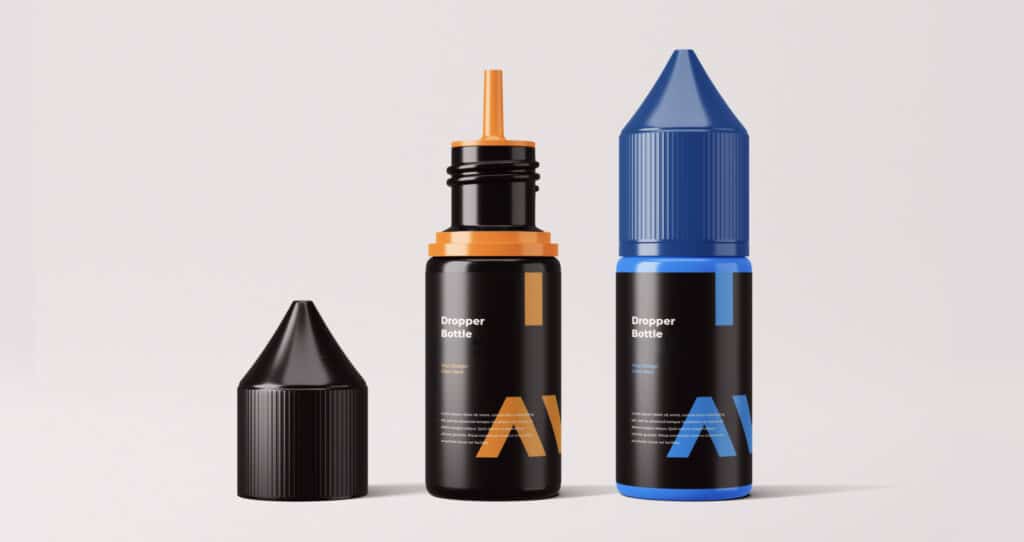Embracing innovation: the power of 3D for product packaging
In the ever-evolving realm of product visualization, design, innovation and competition remains constant. As we delve deeper into this dynamic industry, the trend currently capturing attention and imagination alike is 3D for product packaging. The revolution isn’t just about the shift from 2D graphics to three-dimensional visualizations but also encompasses the transformation in the packaging paradigm.
Amidst an ocean of competitors, each vying for consumer attention, the packaging designs now can’t remain a mere afterthought or just another protective layer. Instead, it has transformed into a vessel of storytelling—a crucial element that communicates the brand’s ethos, values, and promises. It’s more than just wrapping up a product. It’s about enveloping it in a narrative, making it resonate with consumers not just visually but also tactilely.
Packages are no longer static images; they’ve taken on a life of their own. They interact, engage, and seduce potential buyers, ensuring a product doesn’t just blend in but rather boldly stands out on the shelf. The introduction of 3D into this space is akin to breathing life into these inanimate objects, offering them a depth, persona, and an undeniable touch of reality that 2D designs could only dream of. The future of packaging is here, and it’s three-dimensional.

Packaging beyond the surface
Historically, the realm of packaging design was dominated by tools like Adobe Illustrator. This software was the playground where designers crafted beautiful graphics, images, and distinctive brand logos, translating visions onto a two-dimensional canvas. Yet, as innovative as these tools were, they had their limitations.
Enter the 3D revolution in packaging design. This evolution isn’t just an upgrade—it’s a game-changer. With 3D, designers are no longer imagining or approximating how great packaging might wrap around complex shapes like bottles. Instead, they’re immersing themselves in a world where they can manipulate and visualize designs in real-time, ensuring perfect harmony between the product’s shape and its aesthetic appeal. This shift from 2D to 3D brings precision, dynamism, and a depth that’s redefining the boundaries of design.
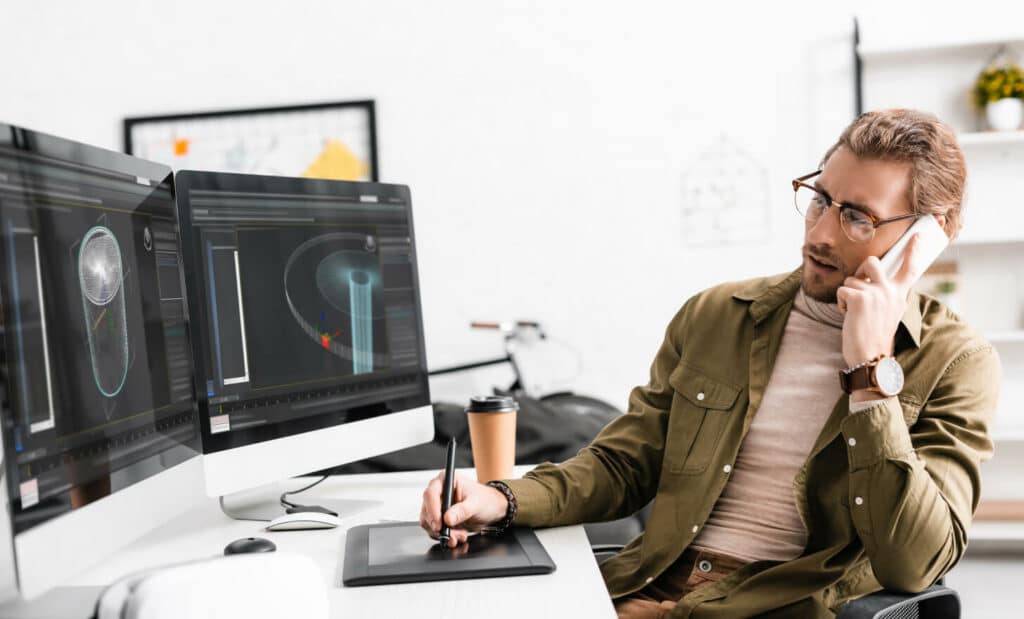
The power of visualization
One of the most significant benefits of 3D for packaging is the easy ability to simulate how a product will look from all angles. Consider a designer working on an image for a bottle of premium juice. Using 3D tools, they can rotate the bottle, adjust lighting, and determine how the color and artwork will play together. This gives them the perfect shot at creating great packaging before it hits the production line.
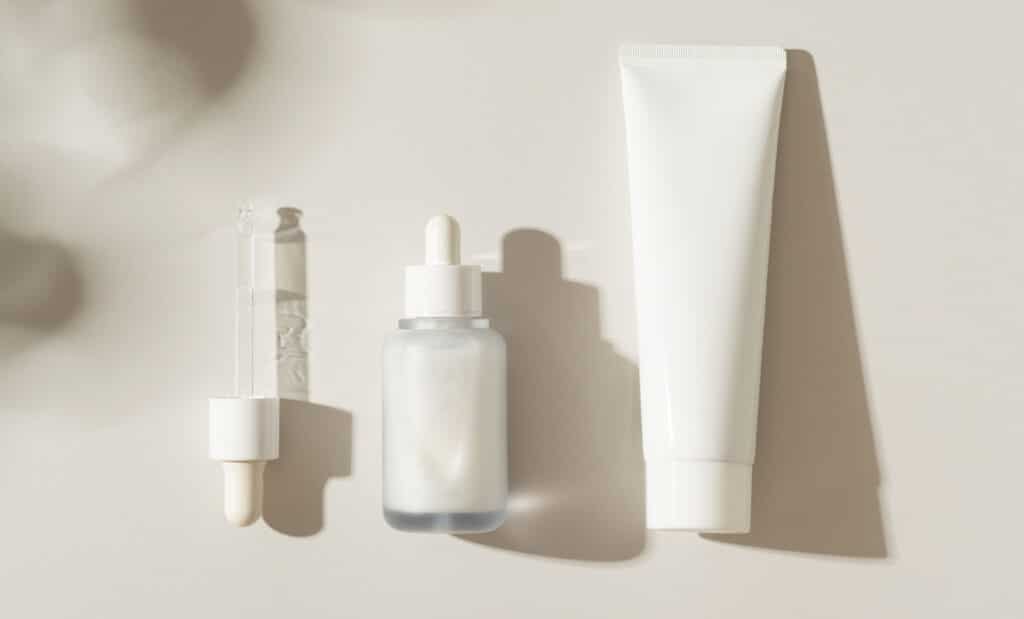
From prototype to the shelf in no time
Gone are the days when prototyping great packaging was a prolonged process. 3D packaging allows companies to create a virtual prototype, making it easy for departments across the company to collaborate. This efficiency means products get to market faster, increasing sales opportunities.

Materials matter: simulating different substrates
In the vast world of product packaging, the choice of material is not a mere afterthought; it’s a crucial determinant of the product package design itself’s overall aesthetic, tactile feel, and functional utility. The way a certain fabric feels, how a particular plastic reflects light, or the texture of recycled paper—each substrate possesses its own unique characteristics, and understanding these nuances is fundamental to effective packaging design.
3D tools have ushered in a new era of possibilities in this domain. Instead of relying on physical samples or educated guesswork, designers now have the luxury to digitally experiment with a myriad of materials in a virtual studio environment. They can witness firsthand how a particular design might shimmer on a glossy surface or appear muted and sophisticated on a matte finish. This virtual playground allows them to gauge the interplay of light, color, and texture, ensuring the design and material are in perfect harmony.
Additionally, this ability to simulate different substrates has broader implications. It aids in sustainable decision-making, allowing designers to visualize how eco-friendly materials might align with a brand’s ethos and aesthetics. It also equips them with insights into durability, wear, and tear, ensuring that the packaging is not just visually appealing but also robust and fit for purpose.
In essence, 3D tools are bridging the gap between artistic vision and tangible reality, making the journey from concept to creation smoother and the process more informed.
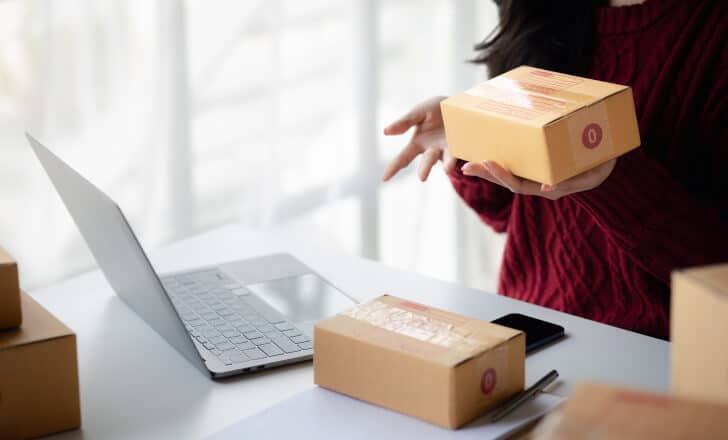
Integrating with modern technology
For consumers, the rise of augmented reality (AR) means that they can now interact with packages before making a purchase. For instance, a consumer could use their browser to see an image of how a pair of headphones would look in real life. This easy integration between the virtual and the reality gives companies a competitive edge.
The inspirational factor
In the realm of design, inspiration isn’t just about sporadic flashes of genius; it’s about having the means and tools to bring those flashes to life. Every design evolution, from hand sketches to digital renderings, has aimed to provide designers with a broader canvas, a richer material palette, and a deeper wellspring of creativity. And now, with 3D packaging, that design canvas has expanded in dimensions previously unimagined.
The transformative potential of 3D packaging is akin to giving a painter a brush that can craft in three dimensions or a musician an instrument that taps into unheard frequencies. Designers can breathe life into their most ambitious ideas, defying traditional constraints. They can experiment with depths, layers, and perspectives, iterating on the fly and visualizing outcomes in real-time. Whether it’s the allure of holographic images, tactile textures that simulate real-world materials, or the play of light and shadow on intricate artwork, these were realms once beyond reach.
Furthermore, for businesses, the benefits of 3D packaging are manifold. Enhanced package design and quality not only ensure standout packaging but also reverberate the brand’s commitment to innovation and excellence. Consumers, ever more discerning and aesthetically inclined, resonate with brands that offer more than just a product—they seek an experience. And with 3D packaging, brands have an unparalleled opportunity to offer an experience that’s as captivating as the product within.
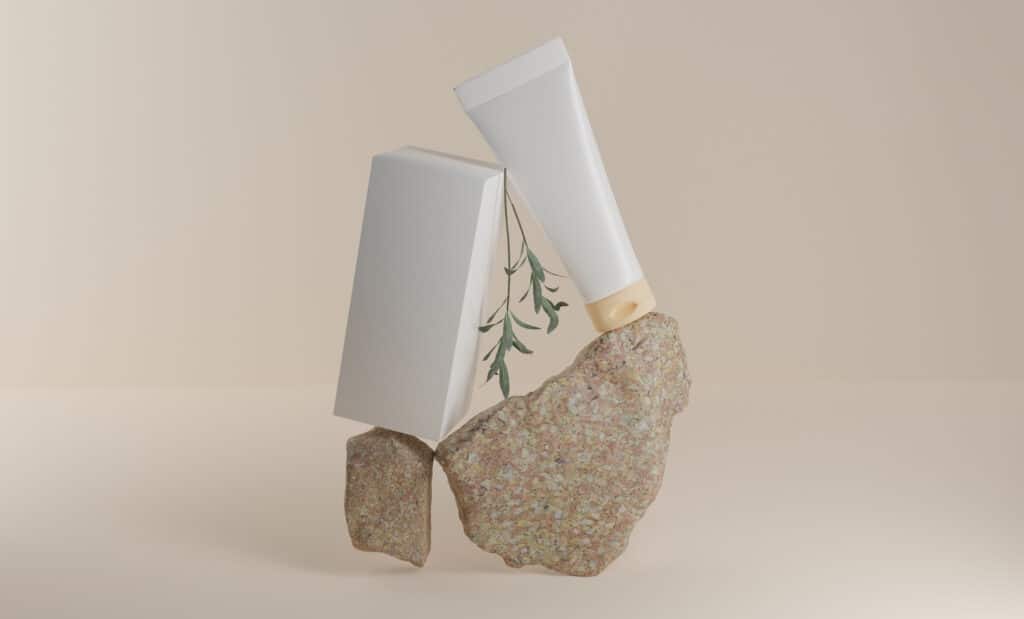
The consumer’s touchpoint
Every second a shopper’s fingers glide over a package, every instance their eyes study the design, and every moment they spend engaging with a product on the shelf is an opportunity—a touchpoint for the brand to communicate, connect, and captivate.
These seemingly fleeting interactions culminate in forming lasting perceptions and, more often than not, dictate purchasing decisions, making them pivotal in the fierce retail battleground.
3D packaging magnifies the impact of these touchpoints. By offering designs that boast enhanced visuals, textures that beckon a second touch, and simulations so lifelike they blur the line between reality and artistry, it ensures that these interactions are not just fleeting glances but memorable experiences.
Such memorable experiences don’t just end at the purchase; they initiate a bond, setting the foundation for brand loyalty and advocacy. In an era where consumer choices are vast, ensuring this bond is strong and lasting becomes the key to sustained success in the marketplace.
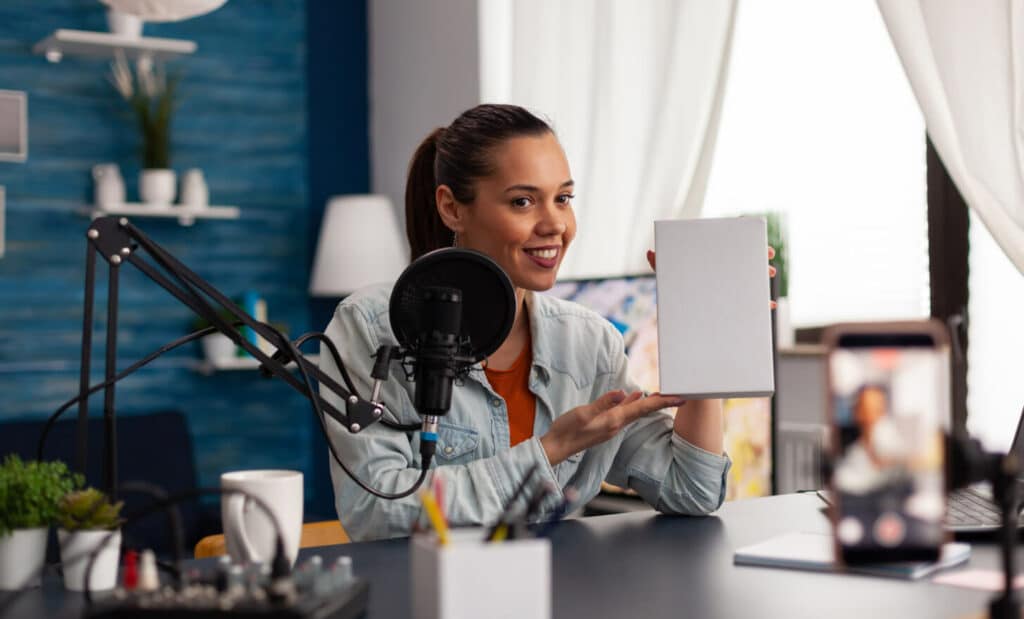
Conclusion: the future is here, and it’s in 3D
The industry is witnessing a shift. Retailers and consumers are leaning towards products that not only promise quality but also offer a visual treat. 3D for product packaging is not just a trend but a reality that’s transforming the face of the packaging world.
As more designers embrace this technology, we can expect a future where every shelf you stand in a store is a theater of creative masterpieces.
With efficiency on the rise and endless design possibilities at their fingertips, companies are recognizing that 3D packaging is the way forward. After all, in an ever-evolving market, it’s essential to stay ahead of the curve, and there’s no better way to do that than by bringing packaging to life.
